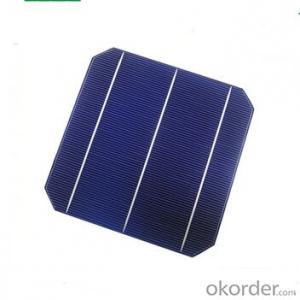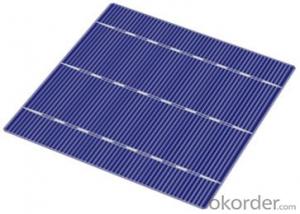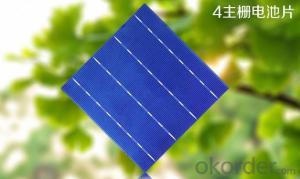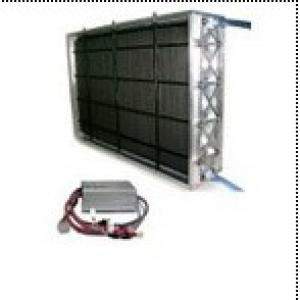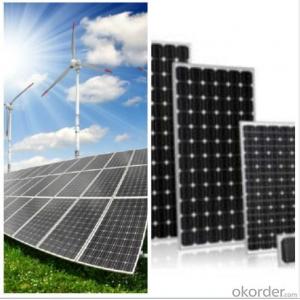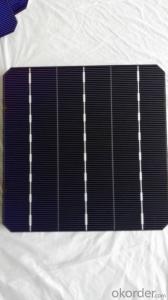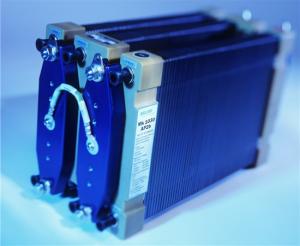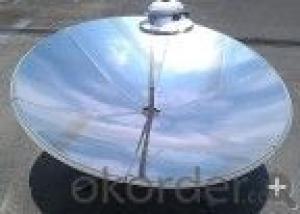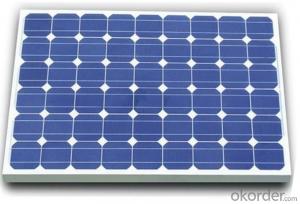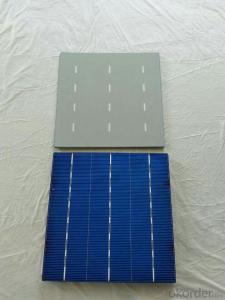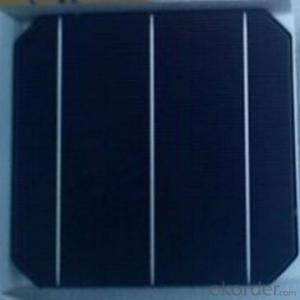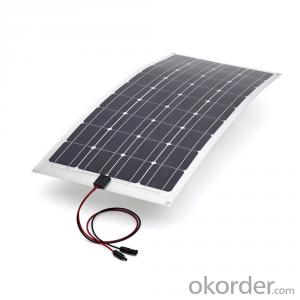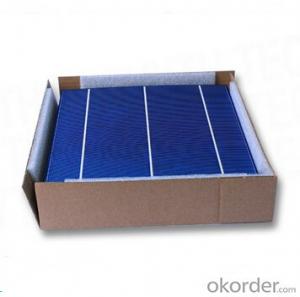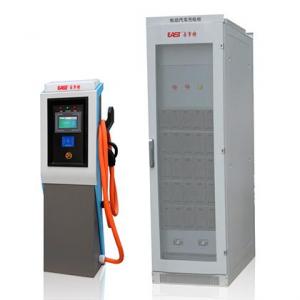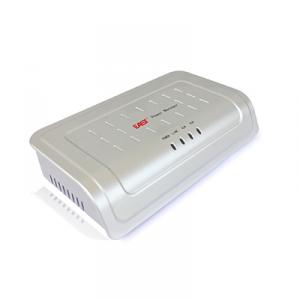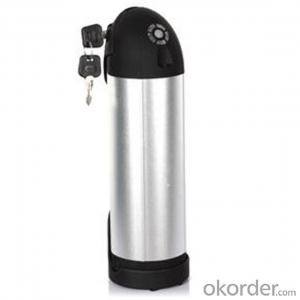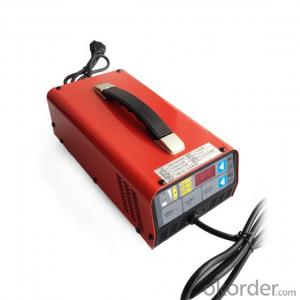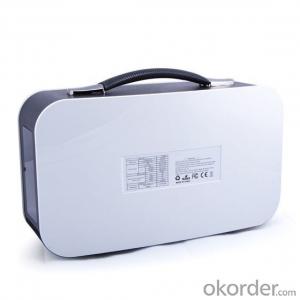Pretabbed Solar Cells
Pretabbed Solar Cells Related Searches
Pre Tabbed Solar Cells Printed Solar Cells Chipped Solar Cells Blemished Solar Cells Broken Solar Cells Photovoltaic Solar Cells Printable Solar Cells Screen Printed Solar Cells Plant Based Solar Cells Cracked Solar Cells Foldable Solar Cells Large Solar Cells Better Solar Cells Bendable Solar Cells Raw Solar Cells Compact Solar Cells Commercial Solar Cells Black Solar Cells Amorphous Solar Cells Free Solar Cells Lightweight Solar Cells Floating Solar Cells Biogenic Solar Cells Fiber Based Solar Cells Crystalline Solar Cells High Temperature Solar Cells Electric Solar Cells Organic Solar Cells Folding Solar Cells Encapsulation Solar CellsPretabbed Solar Cells Supplier & Manufacturer from China
Pretabbed Solar Cells are a type of photovoltaic product designed to convert sunlight into electricity efficiently. These cells are specifically engineered with a pre-applied tab, which simplifies the installation process and reduces the overall costs associated with solar panel assembly. They are widely used in various applications, such as residential rooftops, commercial buildings, and large-scale solar farms, where harnessing renewable energy is a priority. The versatility of Pretabbed Solar Cells makes them a popular choice for both small-scale and large-scale solar energy projects.Okorder.com is a leading wholesale supplier of Pretabbed Solar Cells, offering a vast inventory to cater to the growing demand for sustainable energy solutions. Their extensive range of products ensures that customers can find the right solar cells to suit their specific needs and requirements. By partnering with reputable manufacturers, Okorder.com guarantees the quality and performance of their Pretabbed Solar Cells, making them a reliable choice for those seeking to invest in clean and renewable energy sources.
Hot Products





